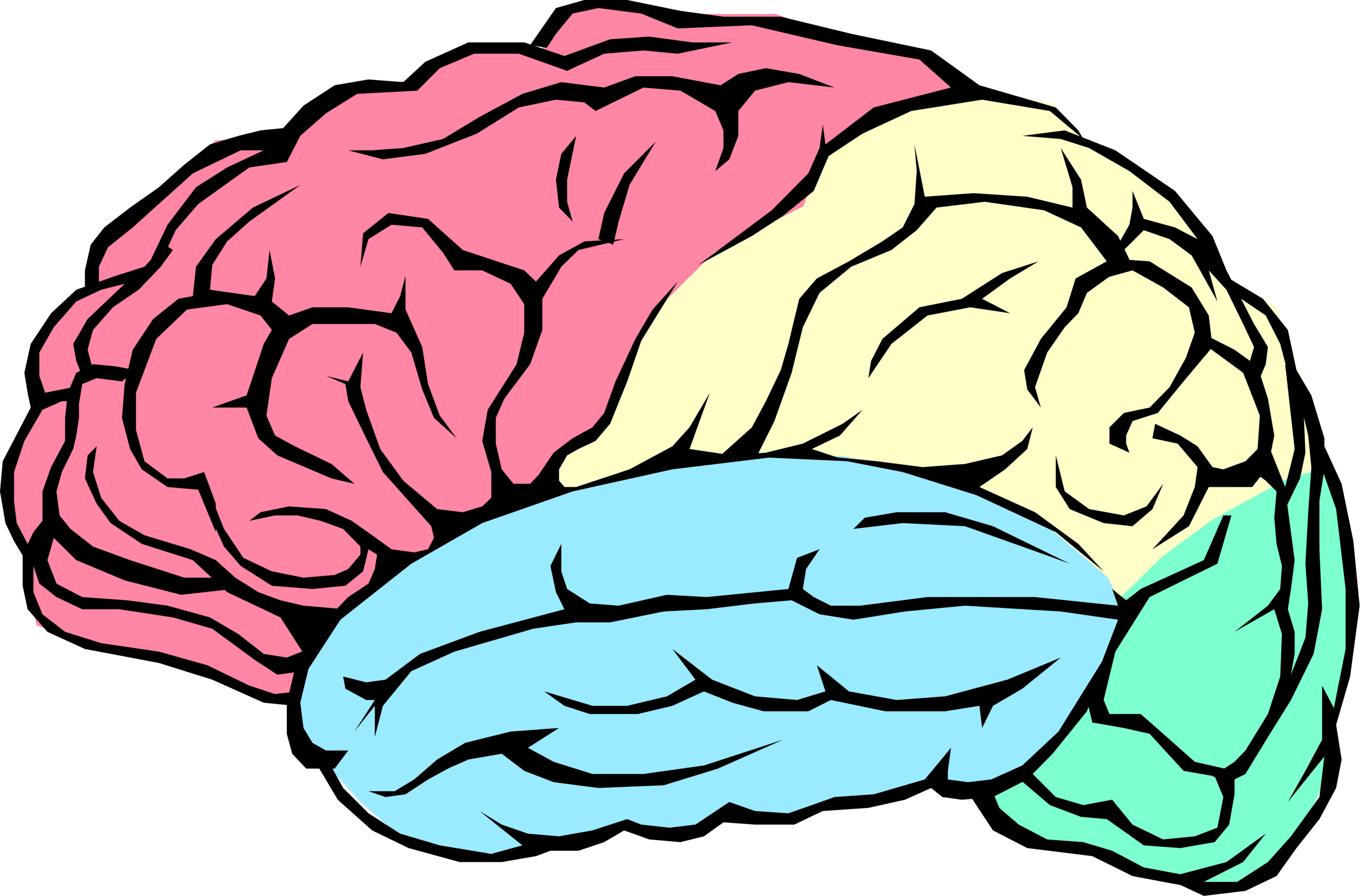Media release
From:
Do you see what I see? People share brain responses for colors
People share the same brain responses to different colors, and scientists can predict what color a person is looking at by using the brain activity of others.
Do colors trigger unique brain responses? And do different people have the same brain responses to colors? Michael Bannert and Andreas Bartels, from the University of Tübingen, explored color representation in the human brain to address these questions.
The researchers measured color-induced brain responses from one set of participants. Next, they predicted what colors other participants were observing by comparing each individual’s brain activity to color-induced responses of the first set of observers. Bannert and Bartels found that they could predict the color and brightness of the stimuli observers were viewing by using brain activity comparisons alone. This study points to distinct neural representations of color that people share.
While other researchers have decoded what color a person was seeing using color responses previously recorded from the same person, this work shows that color decoding is possible even when using color responses from other brains. “We can’t say that one person’s red looks the same as another person’s red. But to see that some sensory aspects of a subjective experience are conserved across people’s brains is new,” says Bannert.



 International
International



